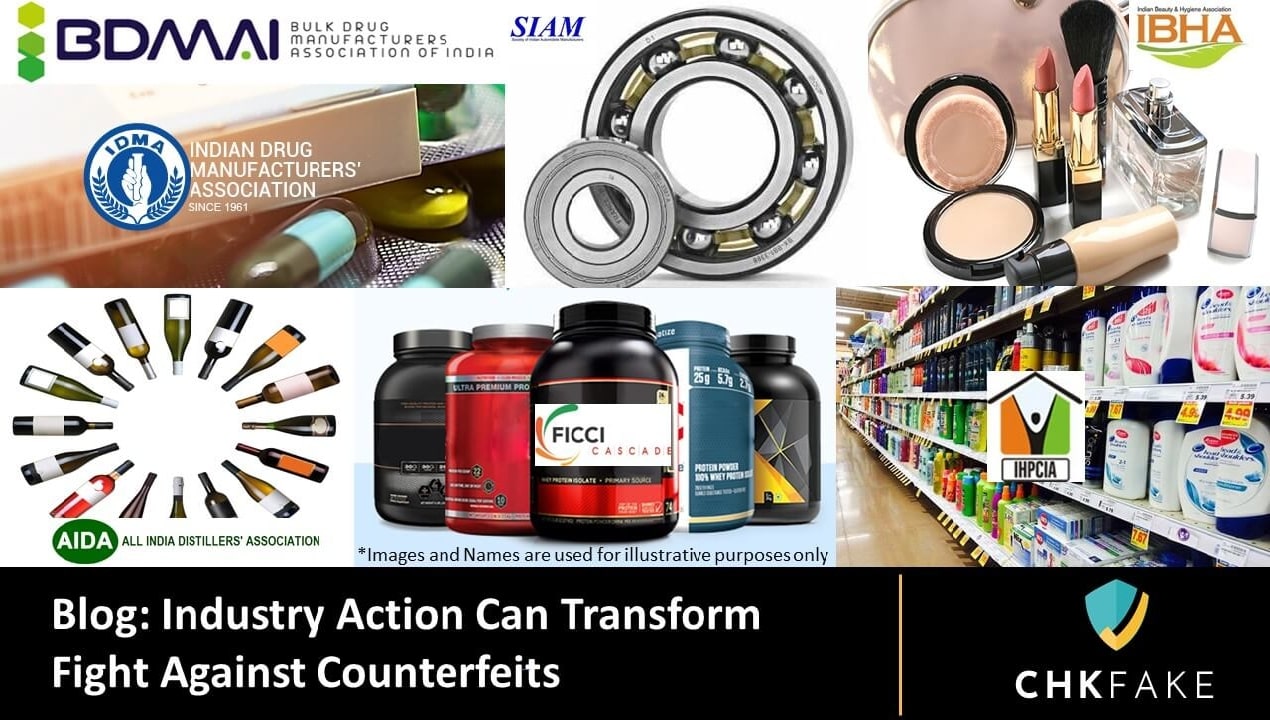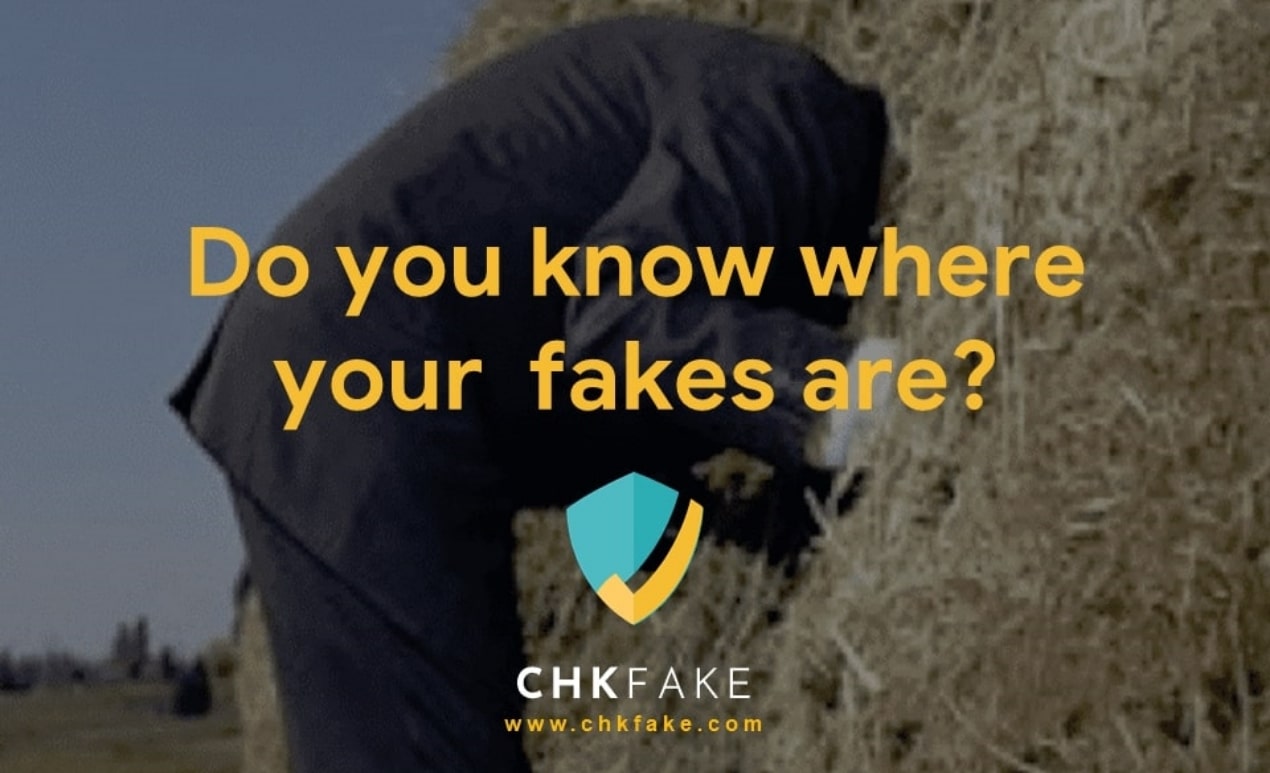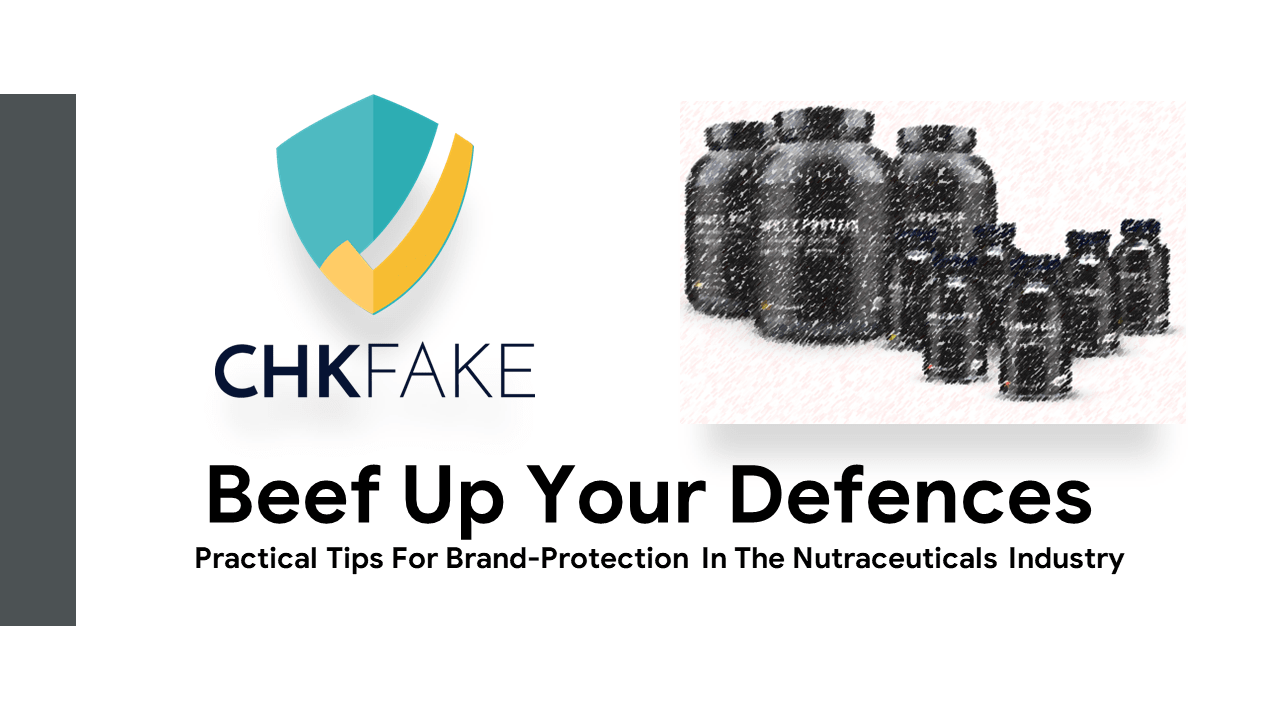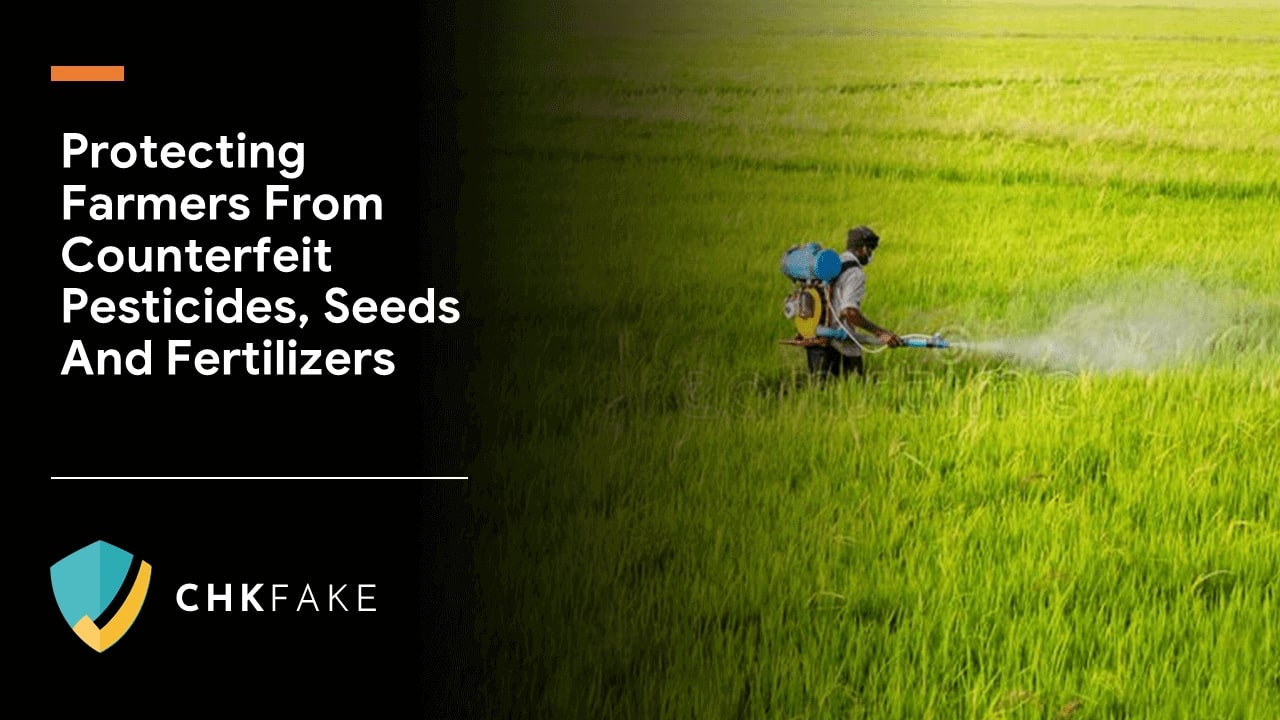Brands are losing billions of dollars to counterfeits, lookalikes, and diversions. Despite that, brand protection does not get the attention and press it deserves. In our experience, Management has learnt to ‘live with it’, accepting it as the cost of doing business. It’s like a chronic illness, to be managed and not cured.
Brand owners recognize the short-term revenue risk and long term reputation risk that counterfeits and knockoffs represent, but only at a conceptual level. When it comes to action and resources, tired conventional strategies continue.
The Legal team continues to take intermittent enforcement action against sporadic counterfeit incidents reported to them via customer complaints or occasional market intelligence from the sales team.
Perhaps Brand owners do not realise the huge opportunity of incremental revenue that counterfeits and knockoffs represent. As a result, they fail to protect their rightful revenue from being stolen.
Here are the 10 biggest mistakes in brand protection we have seen all too frequently. A good start in the fight against counterfeits would be to keep a watch out for these, and make sure your brand is not inadvertently missing out.
Missing Leads
1.Inadequate market coverage
Many brands follow an enforcement driven brand protection strategy. However, they are not organised to harvest counterfeit leads from all available channels. As a result, they hardly get enough leads to sufficiently cover the counterfeit market.
The source of their counterfeit leads are customer complaints to their CS teams or sporadic intelligence from their sales channel or third-party investigative agencies. This market coverage is very thin and any enforcement action they do take barely makes a dent on their counterfeit problem
2.Multiple reporting channels

Even the infrequent leads that are reported are relayed from multiple stakeholders like the sales team, distributor sales reps, retailers or customers using multiple communication channels like face-to-face conversations, e-mails, phone complaints, WhatsApp, customer service helpline, and online complaints.
The process to get these leads to the brand protection team is not streamlined. As a result, the leads either get lost, or reach them too late, or have inadequate information and need repeated follow-ups to get the full picture.
3. Difficult to identify fakes

It is difficult for the Brand’s value chain to identify fake products easily. Either the Brand has not invested in hard to copy security features on packaging, or not invested in making the value chain aware of how to verify genuine products.
Brands sometimes do try to develop in-house authentication tools such as apps, or micro-sites or use the tools provided by AC technology vendors. However, these are variable in terms of strength of security, user experience and quality of analytics available.
Ineffective Enforcement
4.No visibility of investigative actions
Working with multiple investigators spread across the length and breadth of geographies, brands have little or no visibility of investigative actions. Deliberate attempts by few investigators to earn a quick buck by manipulating raids and seizures have only increased the trust-deficit between the brands and the investigators.
5.Haphazard workflows
Most brands manage enforcement actions manually via emails and phone calls. As a result, team members spent a significant time trying to manage the process in term of capturing data, following up on actions, data retrieval and using Excel sheets for monitoring and analysis. The outcome is a loss of productivity, slow response to market, information loss and low team morale.
6.Repeat Offenders

Counterfeiters are a finite group, and due to the limitations of the legal system, many offenders get back to counterfeiting after paying a small fine or being released on bail, using an alternative entity, identity or banking credential.
As most brand protection programs are run via emails and phone calls, brands don’ have a single repository with the offender’s full profile to identify a repeat offender with a multi-pronged check.
As repeat offenders are liable for larger penalties/punishments, this lack of connection to a previous offence leads to counterfeiters gaining confidence to come back and hurt the brand reputation and revenue in the longer run.
7. No appetite for investigation

Image Courtesy: ETHealth
Every lead is an opportunity to get to a supply point and shut it down, but brand owners usually do not have the appetite to invest in investigations to track down the supply point. Brands end up either ignoring these leads or taking action against the small fish such as a retailer.
As a result, the big fish such as the manufacturer or importer of counterfeits ends up going scot-free.
Brand Protection Program Management
8.Email and Excel based program management

Image Courtesy: Courthousedirect.com
With the absence of automation, the brand protection team struggles to keep track of individual leads or enforcement actions. They have to rely on sifting through emails and follow up phone calls to bring individual incidents to closure.
The result is missed deadlines or balls getting dropped altogether. With enforcement actions being so time sensitive (since counterfeiters move stocks away at the slightest hint of suspicion), any delay due to an inefficient process can result in the suspect getting away.It is also difficult to retrieve any information or evidence related to past incidents or correlate infringements or infringements reported across multiple geographies, channels and agencies as there is no single repository.
9.Reporting
Reporting of brand protection KPIs is often just a routine activity which is consolidated manually. This is a significant effort, not only on the part of the 3rd party investigative agencies that the brand is using, but also the brand protection team as well. There is a lot of time wasted in harmonising multiple reports across field investigators by an agency, or multiple formats from different investigative agencies by the brand protection team.This is unnecessary time being spent on a mundane task which could be freed up to take more actions in the field.
10.No strategic insights
Emails and excel sheets do not lend themselves to easy mining of insights. As a result, the brand protection teams end up just reporting in the aggregate, without access to micro level data which can be analysed to drive insights and eventually, strategies.
Unavailability of real time understanding of KPIs such as ‘value of counterfeits taken out’ or ROI also means that the value of brand protection activities is not recognized in the organisation. This ends up discounting the effort of the brand protection team, who struggle for management attention and resources.
These mistakes that brands make are unfortunately all too common, and drag down the value that an effective brand protection program can bring in terms of revenue enhancement. A multi-pronged strategy based on 3 pillars of detecting leads, taking down supply points and measuring outcomes help reclaim maximum revenue for brands.

While keeping an eye out for common mistakes is a good starting point for any business/ brand leader, the actual value comes from understanding how to build a successful brand protection program. In our next blog later this week we will cover “Practical Tips to Improve Market Coverage”. Stay tuned!
________________________________________________________________________
Tanmay Jaswal is the Founder of Chkfake, a start-up that is disrupting the brand protection industry by creating an eco-system of all stakeholders to join the fight against fakes together. The Chkfake Brand Protection Platform enables brands to expand capture of counterfeit/lookalike leads, and streamline the enforcement process.
Tanmay has 27 years of global experience in business leadership, marketing and strategy in companies like Coca-Cola, Akzo Nobel and Shell and is an acknowledged authority on brand protection. He has headed the brand protection function for Shell globally and has extensive experience in this space over the last 8 years.






0 Comments